Are you tired of unwanted visitors of the six or eight-legged variety sharing your Australian home? You may feel armed and ready for a DIY pest control mission, but slow down. This article will help you avoid the ‘5 DIY Pest Control Mistakes to Avoid in Australia’.
Intrigued? Justifiable so ─ knowing what not to do can sometimes be the difference between a pest-free home and an escalated infestation. Let’s embark on this adventure together, while keeping our homes and our families safe and serene.
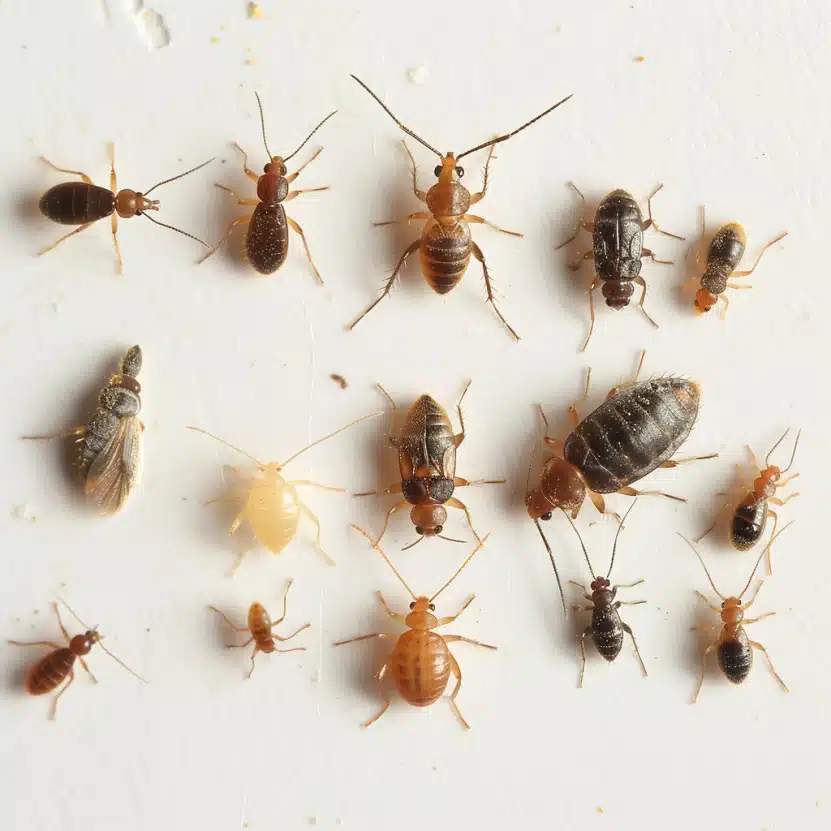
In Australia, home owners place great emphasis on maintaining their space. One aspect that is often overlooked, but of significant importance, is undertaking pest control. Reaching for DIY pest control solutions has become a common trend. However, attaining appropriate knowledge about this matter is crucial.
Australia houses an expansive variety of pests. Some of the most common household pests include cockroaches, mice, spiders, termites, and ants. Such pests not only cause property damage but are also potential health hazards. Identifying these pests is an elemental step in successful DIY pest control.
DIY pest control methods are gaining popularity in Australia for several reasons. The foremost reason is the cost-effectiveness of these measures. Moreover, homeowners relish the sense of control these methods offer. Additionally, these solutions provide privacy, allowing households to discreetly manage any pest situation.
There are several basic principles associated with DIY pest control. The first step involves accurately identifying the specific pest. Follow-up involves understanding the lifecycle and habitat of the pest, which aids in formulating an effective control strategy. Lastly, safety precautions should be diligently followed during the entire process.
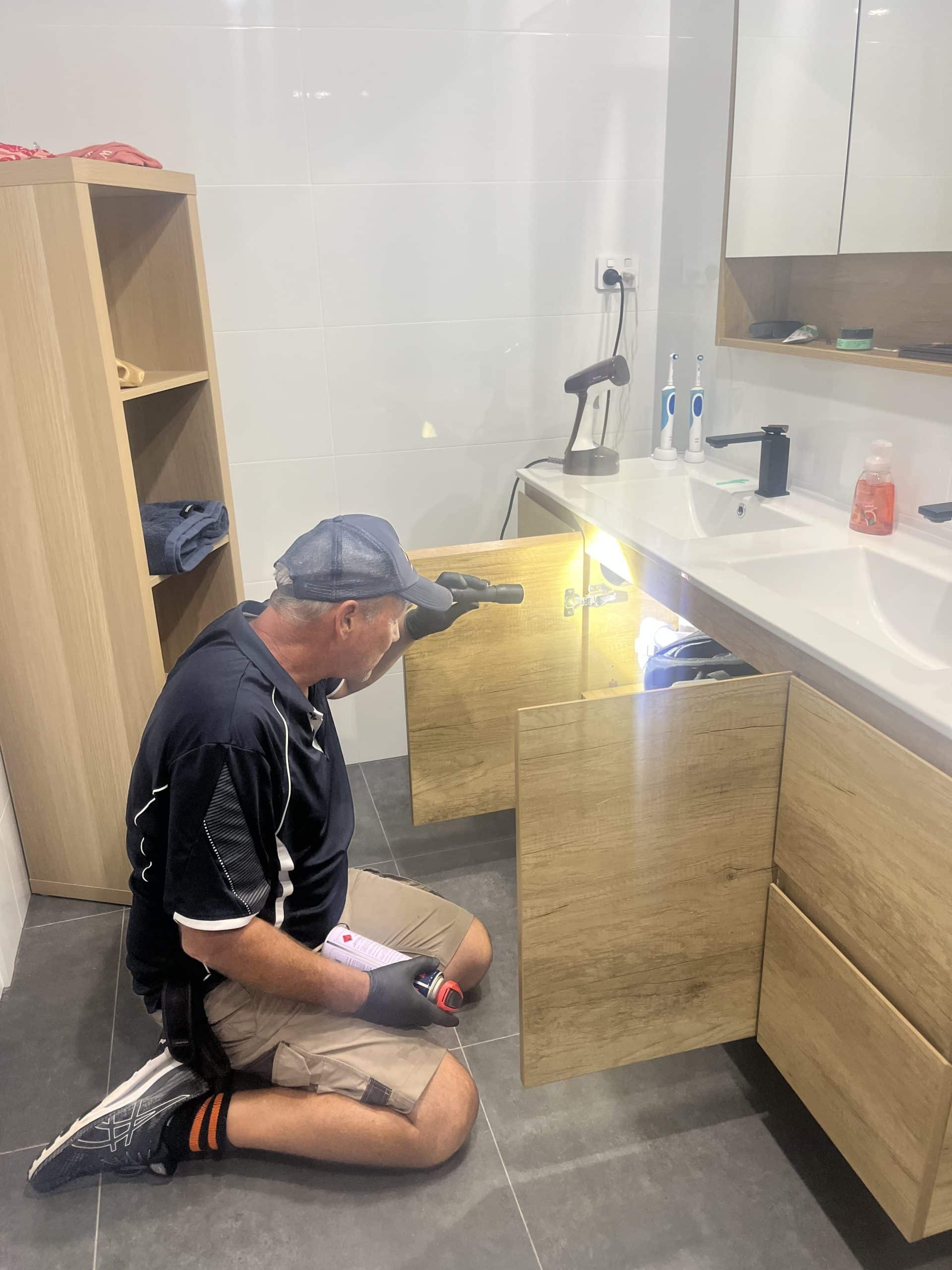

When it comes to do-it-yourself (DIY) pest control, you might be tempted to try and solve the problem yourself. However, major mistakes can not only make your pest issue worse but could also put you, your family, and your pets at risk. Here are some of the most common mistakes you should avoid.
Treating every pest the same way is a common blunder many homeowners make. Not all pests are the same, and the treatment used for cockroaches will differ significantly from the treatment used for possums or termites. Understanding the type of pest you are dealing with is paramount, as each pest has unique characteristics and habits which dictate the most effective way to remove them.
Many DIY pest control methods involve the use of chemicals, which can pose significant risks if not used correctly. Overlooking safety instructions and guidelines can lead to serious health issues and environmental damage. Always read and adhere to the safety instructions on pest control substances, and ensure that these substances are kept out of reach from children and pets.
Misidentification of pests is another frequent error homeowners make. Different pests require different treatments, and using the wrong treatment can have little to no effect. Pest identification can be tricky without specialised knowledge or experience, so it’s always best to consult a professional if you’re unsure.
The last major mistake homeowners make is using the wrong treatment methods. Ineffective pest control methods can lead to an even bigger pest problem. Pests can develop resistance to certain treatments if they’re not used correctly, which will only cause the infestation to worsen. It’s crucial to do your research thoroughly before attempting any DIY pest control methods to avoid making the situation worse.
In conclusion, DIY pest control can seem like a cost-effective solution, but without the correct knowledge and experience, it can lead to an assortment of problems. To keep your home pest-free and secure, avoid these common mistakes and consider seeking advice from a qualified pest control professional.
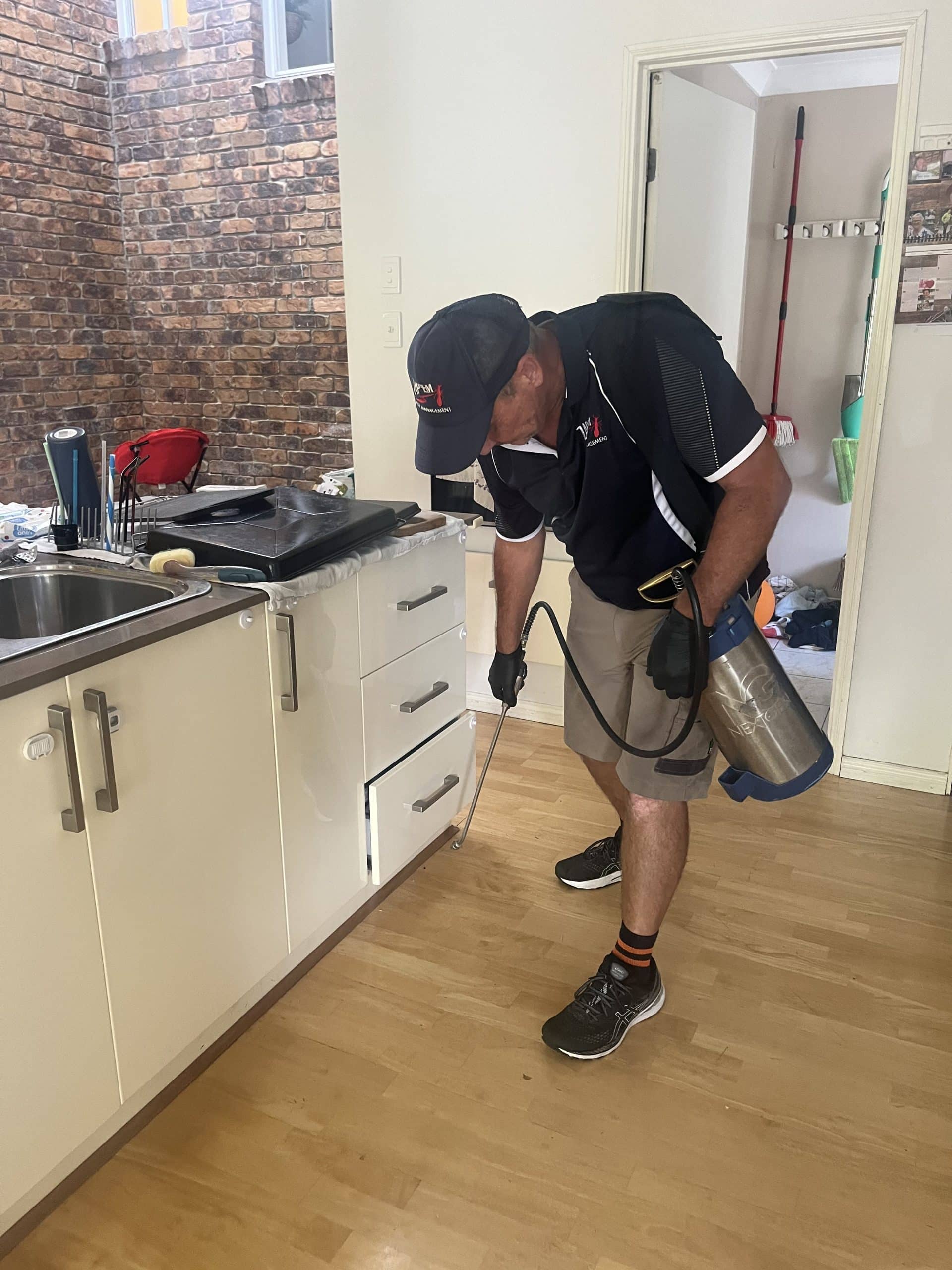
Though controlling pests on your own can save you money, it’s important to know certain risks associated with DIY pest control. Understanding these risks can help you make informed decisions on whether to go ahead with DIY pest control or hire a professional.
One of the major risks you expose yourself to when dealing with pests on your own is health-related. Many over-the-counter pest control products contain chemicals that might be harmful to humans and pets if misused. You may be exposed to these health risks through direct skin contact, inhalation or accidental ingestion of the product. Hence, always take caution and adhere to all safety precautions when using such products.
Secondly, improper application of pest control treatments, due to lack of expertise, can potentially lead to an increased infestation. For instance, using the wrong pesticide for the pest you’re trying to control or applying it incorrectly, may not kill the pest but instead cause it to disperse and increase in numbers.
In addition to health risks and potential for increased infestation, incorrect pest control techniques can also cause damage to your home and its surroundings. Some chemicals used in pest control can be corrosive and if carelessly applied, they can damage surfaces in your home. Furthermore, if pests are not properly controlled, they can cause substantial damage to your property, ranging from gnawed furniture to structural damage, especially in the case of termites.



Keeping your home pest-free can sometimes turn into a daunting task, unmatched by any DIY effort. It might be time for you to consider enlisting the assistance of professional pest control services. This section explores when you should call in the professionals, the benefits they offer, and estimates of their services.
While it’s true that minor infestations can often be handled by homeowners using off-the-shelf products, there are certain situations where professional services are needed.
If you notice extensive property damage, it may be a sign of a significant pest problem. Other indicators may include seeing pests during daylight, finding droppings or an increase in sightings, which could point to a larger infestation than you thought.
Some pests, like termites, may not reveal themselves easily but can cause significant damage if not addressed. Even though DIY methods may seem cost-effective, they could result in higher costs if the infestation is not completely eradicated and recurs.
There are several advantages to seeking professional help for pest control. Professionals have in-depth knowledge of pest behaviour, which allows them to effectively handle and eliminate these pests.
Besides removal, they can provide advice on preventing future infestations. They can also identify potential pest risks in your home, helping you solve them before an infestation occurs.
Professionals also prioritise safety. They understand the hazards associated with certain chemicals, and they ensure those are handled with care, minimising risks to your family and pets.
The cost of hiring professional pest control services will vary depending on the size of your property, the type of pest, and the extent of the infestation. Generally, services can range anywhere from $150 for minor treatments up to $1,300 for comprehensive pest control.
Before they begin any work, professionals will provide you with an estimate so you’ll know upfront what to expect on your invoice. While it may initially seem more expensive than the DIY route, it can end up saving you money in the long run by ensuring that the infestation is completely eliminated the first time around.
Remember, the cost of unmanaged pest damage can significantly exceed the cost of a professional pest control service.
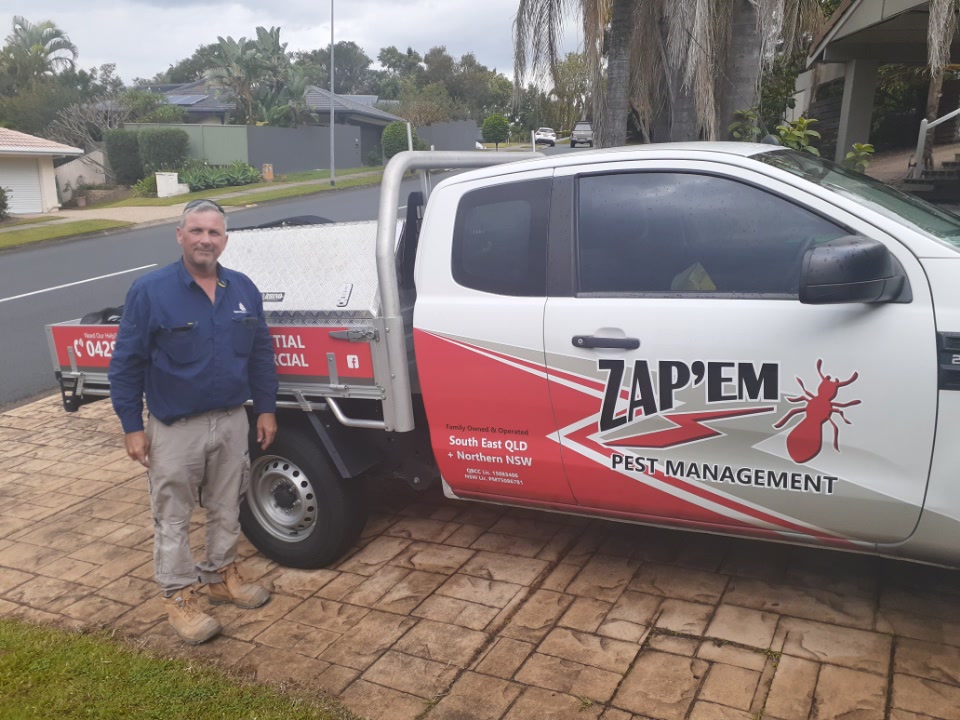
As you’ve learnt, understanding DIY pest control in Australia involves knowing common household pests, the reasons behind the popularity of such methods, and the basic principles involved. In your DIY attempts, it’s crucial to avoid common mistakes like a one-size-fits-all approach, disregarding safety guidelines, misidentifying pests, and applying incorrect treatment.
Furthermore, the article also shed light on the risks of improper pest control, such as health hazards, increased infestations, and home and surroundings’ damage. Finally, while DIY methods can be useful, you’ve discovered that there are situations where professional help is not only beneficial but necessary, along with the benefits and the expected costs associated with such services.
Therefore, while DIY pest control methods can provide a feasible solution, ensure you’re properly informed and prepared for the task at hand. If the situation gets out of control, don’t hesitate to seek professional assistance.
Fully Licenced and Insured, Family Owned & Operated – servicing South East Queensland & Northern New South Wales.
Family Owned & Operated